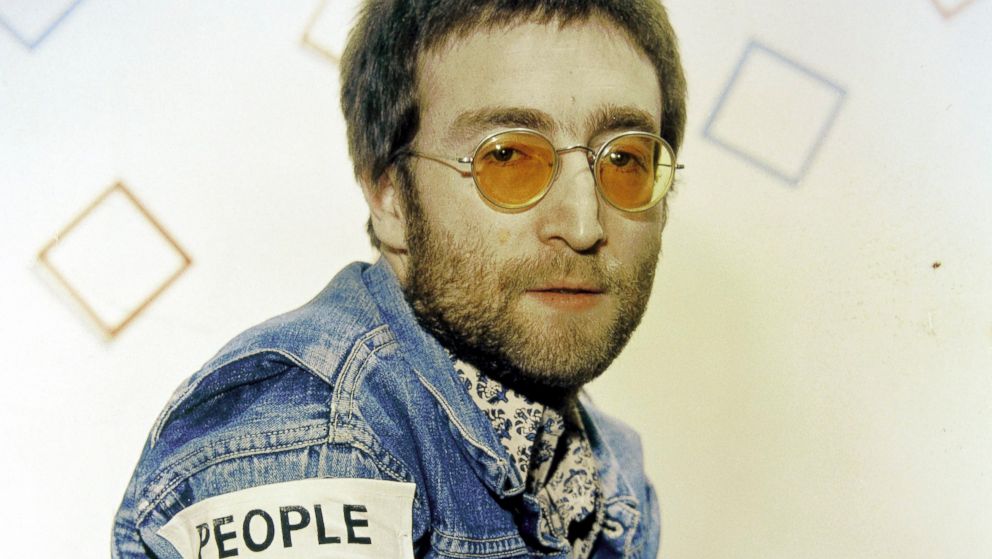Kia ora bloggers this past two days in Social Studies we were learning about the Vietnam war, and songs that were written by the artist that played in Woodstock. These songs were written because many people around the world are against the war.
Bagism, Shagism, Dragism, Madism, Ragism, Tagism
This-ism, that-ism, is-m, is-m, is-m
All we are saying is give peace a chance
Ev'rybody's talking about Ministers
Sinisters, Banisters and canisters
Bishops and Fishops and Rabbis and Pop eyes
And bye bye, bye byes
All we are saying is give peace a chance
Ev'rybody's talking about
Revolution, evolution, masturbation
Flagellation, regulation, integrations
Meditations, United Nations
Congratulations
All we are saying is give peace a chance
John and Yoko, Timmy Leary, Rosemary
Tommy Smothers, Bobby Dylan, Tommy Cooper
Derek Taylor, Norman Mailer
Alan Ginsberg, Hare Krishna
Hare, Hare Krishna
All we are saying is give peace a chance
All we are saying is give peace a chance
 |
| John Lennon |



